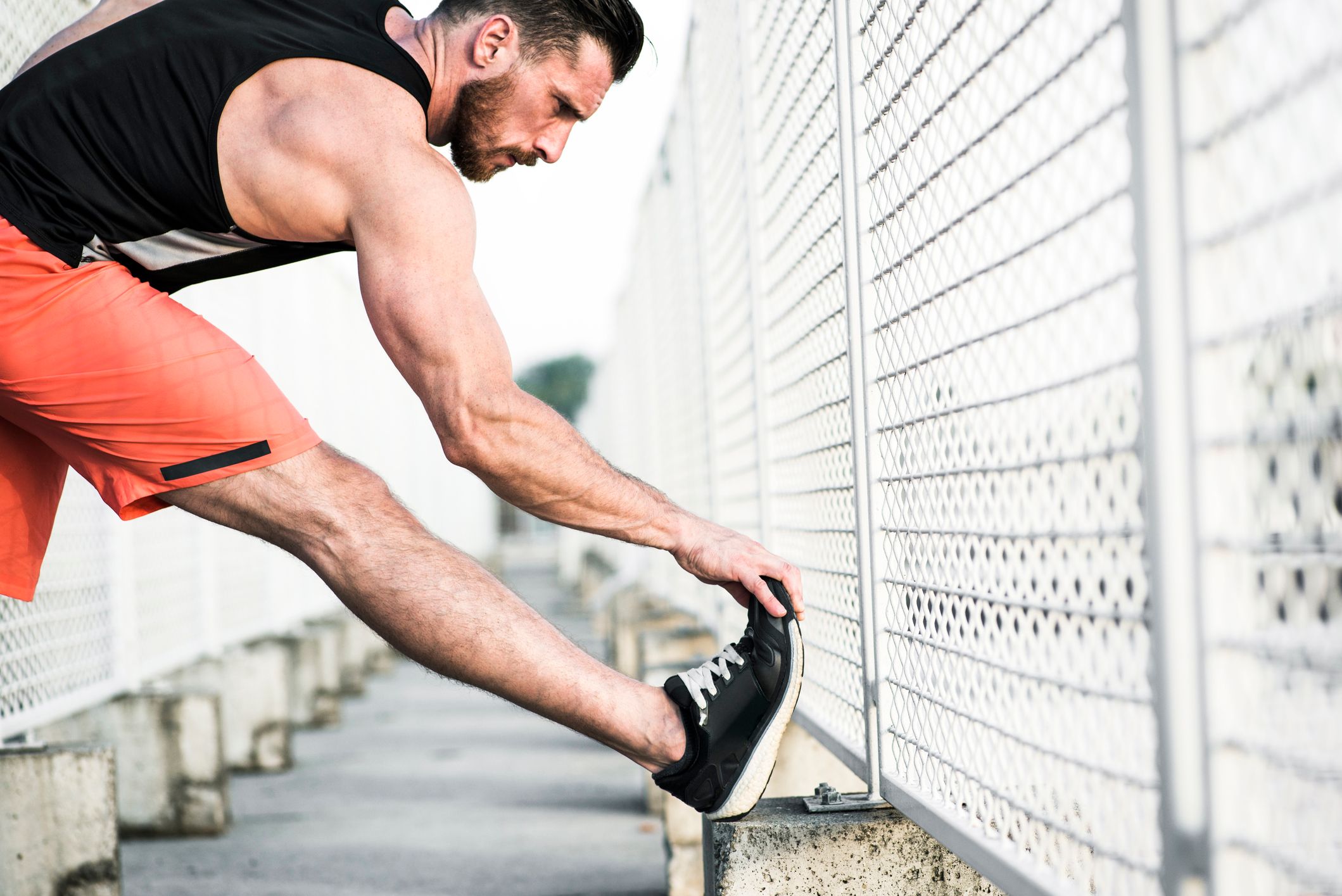The best form of cardio is what you truly enjoy doing
Whether it’s cycling, swimming, HIIT classes or another kind of cardio, you’re far more likely to gain results when you stick to a plan that doesn’t bore you into submission.
Sprinting is a fantastic way to combine a love of running with high-intensity interval training (HIIT). You also may have been persuaded to put on your running shoes and start sprinting by the recent performance of two British athletes.
Dina Asher-Smith and Zharnel Hughes both won gold medals in the 100 metres at the 2018 European Championships.
A time-efficient way of increasing your aerobic fitness, sprinting also adds another fat-shredding tool to your arsenal. If you’re a new or existing runner looking to add sprints into your workout routine, you’ll want to do so safely and without getting injured.
To help you, here are a few top tips from Alex Clark, in-house physio at orthopaedic support specialists Neo G.
Don’t jump straight into sprinting
“I get it – the sun comes out and suddenly you want to swap your commute in the car for a run to work, but make sure you build up to spending increased time on your feet, rather than jumping straight in.
“Going straight into sprinting or increasing the time on your feet drastically over a short period of time can contribute to both heel and foot pain and other injuries.
“This is common however as the better weather sees us spending more time on our feet outdoors. Consider gradually building up to activities in the next few weeks, increasing your mileage slowly as your body adjusts to increased demand.”
Take another look at your shoes
“With the better weather, people tend to wear different footwear such as lightweight trainers. However, this footwear can be less supportive for the heel and foot arch.
“This can therefore alter your natural stride, increasing the likelihood of shin splints, Achilles pain or plantar fasciitis. That in turn can lead to knee or lower back problems – not fun when you want to be out enjoying your run.
“While I’m not suggesting you swap your regular trainers for expensive shoes, there are products out there that can help make your footwear more supportive. Invest in a good pair of orthotic insoles that either offer heel support or arch support, depending on your feet, or, if you’re wearing trainers with thin soles, consider using an insole for cushioning and support.”
Make time for rest and recovery
“It may seem counterproductive, but making sure you give your body ample time to rest and recover is key to staying injury free.
“Increased temperatures and time spent running can cause swelling, so invest in an ice pack and use it on problem areas after a long run to help ease swelling and prevent potential injuries.”
Know how to spot something more serious
“Mild pain and discomfort can be common when running and sprinting, but it’s important to seek professional help if home remedies don’t work.
“Many problems, especially those caused by overuse, will respond well to rest and cold/heat therapy but if not, know when to see an expert.
“If you have severe pain or are unable to put weight on your foot or, if swelling or pain persists after a few days, make sure to seek help from your GP or another medical professional.”
Read more on what the science says about fasted cardio











































